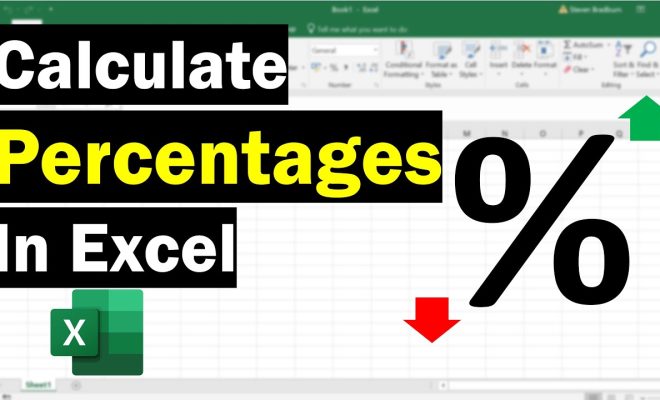How to Calculate A1C from Blood Glucose: A Comprehensive Guide

If you have diabetes or are at risk for developing the condition, monitoring your blood glucose levels is essential to managing your health. One crucial metric for understanding your blood glucose levels over time is the A1C test. In this article, we will discuss what A1C is, why it’s important, and how to calculate your A1C from your blood glucose readings.
What is A1C?
A1C, also known as HbA1c or glycated hemoglobin, is a measure of your average blood glucose levels over a period of two to three months. It tracks the percentage of hemoglobin in your red blood cells that have glucose attached to them. The higher the percentage, the higher your average blood glucose levels have been over the past few months.
Why is A1C Important?
An A1C test helps healthcare providers assess how well you are managing your diabetes and determine if any adjustments are needed to your treatment plan. It also helps predict your risk of developing complications from diabetes, such as nerve damage, kidney disease, and vision problems.
Calculating A1C from Blood Glucose
You cannot directly convert a single blood glucose reading into an A1C value since it represents an average over time. However, you can approximate your A1C by using a formula or an online calculator based on your daily average blood glucose (eAG) readings.
Here’s a step-by-step guide on how to calculate your approximate A1C:
Step 1: Collect Your Blood Glucose Data
You’ll need several daily blood glucose readings taken over two to three months. Measure your blood glucose levels at different times of the day – when you wake up, before and after meals, and before bedtime.
Step 2: Calculate Your eAG
Compute the daily average by adding all of these readings together and dividing by the number of readings. Do this for several weeks or months to get an accurate daily average.
Step 3: Convert eAG to A1C
Once you have your eAG, you can use the following formula to estimate your A1C:
A1C = (28.7 * eAG) – 46.7
For example, if your eAG is 150 mg/dL, your calculated A1C would be approximately:
A1C = (28.7 * 150) – 46.7 ≈ 6.4%
Alternatively, there are various online A1C calculators available that simplify the process and require only your average blood glucose input.
Interpreting Your A1C Results
Your healthcare provider will typically recommend a target A1C range based on factors such as age, duration of diabetes, and overall health. The American Diabetes Association suggests an A1C target below 7% for most adults with diabetes.
Remember that calculating your A1C from blood glucose data should only be used as an estimation tool and not replace regular laboratory tests. Always consult with your healthcare provider and share your self-monitored blood glucose data to ensure you receive accurate diagnosis and treatment recommendations.






